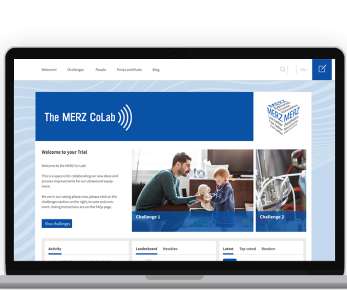The Future of Design Thinking: Embracing AI Tools for Success
Leapfrogging
MARCH 4, 2024
Introduction to Design Thinking Design thinking has become a cornerstone methodology in the worlds of innovation, business strategy, and product development. Design thinking involves five key phases: Empathize : Understanding the human needs involved. Ideate : Generating a range of possible solutions.
















Let's personalize your content